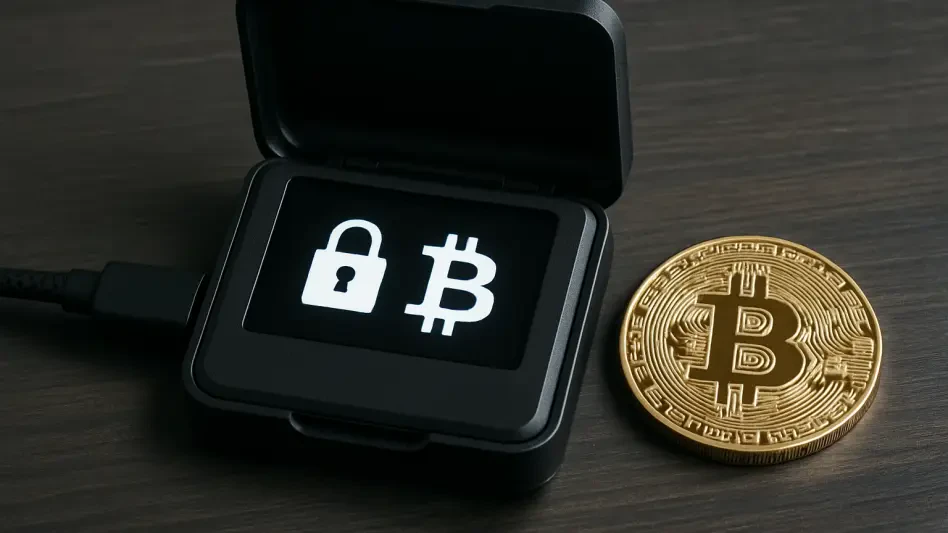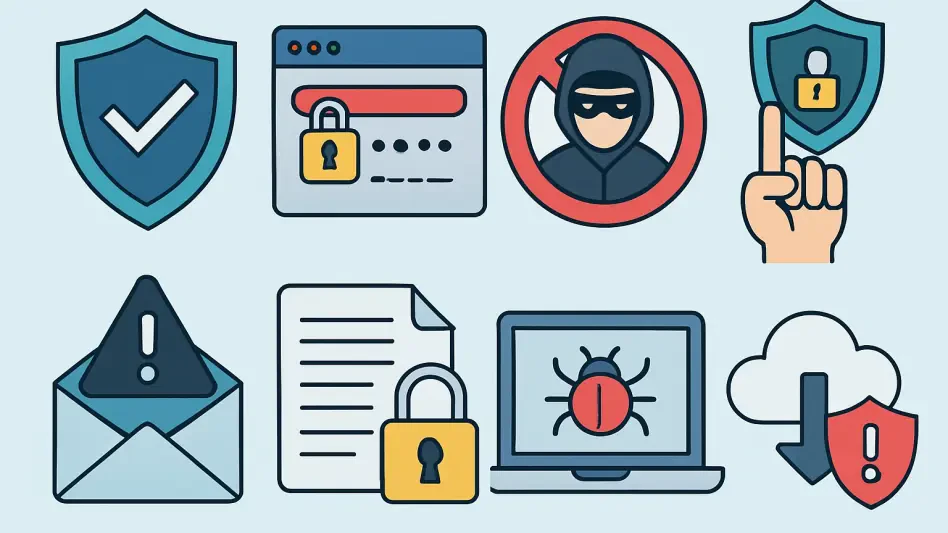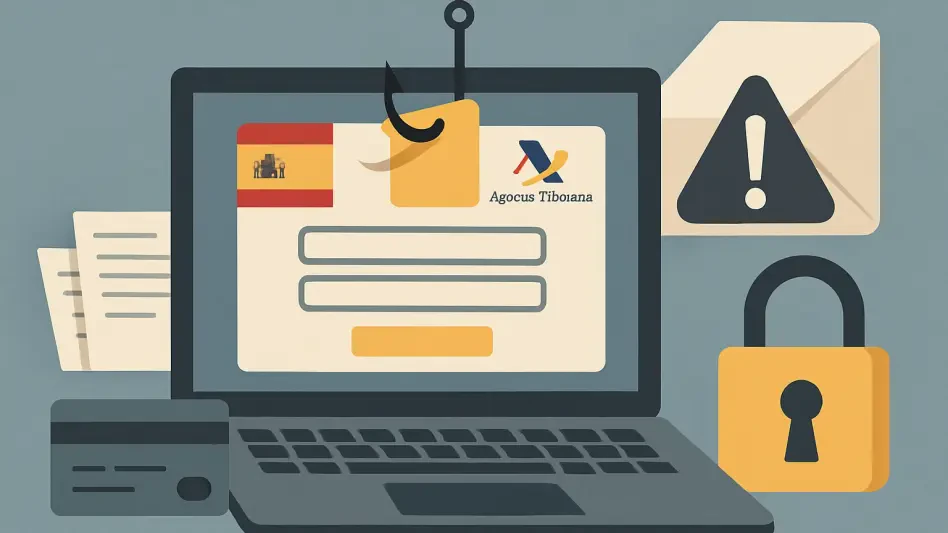The FBI has recently unveiled a significant cybersecurity breach involving 42,000 phishing domains linked to a sophisticated phishing-as-a-service (PhaaS) operation known as LabHost. This revelation aims to empower cybersecurity professionals and bolster defenses against potential attacks, given the scale of the threat posed by these domains. LabHost, which operated with about 10,000 cybercriminals as clients, facilitated the impersonation of over 200 websites with the intent of stealing personal information, credentials, and two-factor authentication codes. The operation led to fraud losses exceeding $133 million between the years 2025 and 2028. LabHost’s activities resulted in the theft of data on approximately 500,000 credit cards and more than one million passwords, highlighting the widespread impact of its operations. The disclosure of the domains sourced from LabHost’s backend server is a critical step towards helping security teams and threat intelligence researchers in their ongoing efforts to fight cybercrime.
Implications for Cybersecurity
Understanding the implications of the FBI’s disclosure is paramount for organizations working on bolstering their cybersecurity measures. By sharing these domains, there is a crucial opportunity for network defenders to block them, potentially preventing their reactivation by threat actors. The FBI is advising organizations to conduct thorough reviews of network activity linked to these domains and deploy necessary response strategies to mitigate risks. Historical connections to these domains should not be overlooked—scrutiny can lead to uncovering other malicious domains that may have been part of LabHost’s sprawling network. Organizations are encouraged to take preemptive actions such as blacklisting known malicious domains and configuring alerts for connections to such domains, which can significantly enhance detection and prevention efforts. The collaboration with various international law enforcement and cybersecurity entities illustrates the multifaceted approach required to dismantle sophisticated cybercrime operations like LabHost.
Consequences and Lessons Learned
The breach underscores the importance of enhanced cybersecurity measures necessary for protecting against similar large-scale threats in the future. The release of these domains from LabHost’s backend server is a strategic step in aiding security teams and threat intelligence researchers as they combat cybercrime. The FBI’s exposure of this major cybersecurity breach, involving 42,000 phishing domains connected to the PhaaS operation LabHost, aims to empower cybersecurity professionals and strengthen defenses against these threats. LabHost serviced around 10,000 cybercriminal clients, enabling the impersonation of over 200 websites to steal personal information, credentials, and two-factor authentication codes. The operation resulted in fraud losses exceeding $133 million from 2025 to 2028, leading to the theft of data for approximately 500,000 credit cards and over one million passwords, showcasing the extensive impact of its activities.








